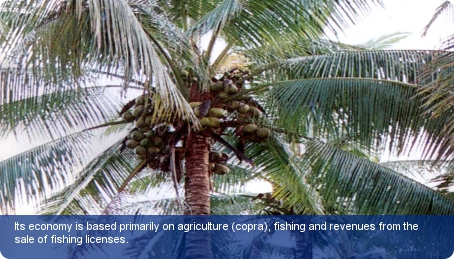Find a business in Kenya

Kenya lies astride the equator and is consistently one of Africa’s strongest economies, formerly the regional hub for trade and finance in East Africa. It has a GNI per capita of US$860 (2012) and a GDP growth rate of 3.8% per annum 2008-12. Although political instability and recurrent drought has caused the economy to slow at certain points in the last few decades, liberalisation of the economy after 1993 led to growth based on tea, coffee and horticulture production, tourism, and a growing manufacturing sector. Turbulent relationships with global financial organisations (IMF, World Bank) meant growth slowed in the early 2000s.
Agriculture, forestry, hunting and fisheries together are one of the biggest sectors of the economy and contribute 25% of Kenya’s GDP (2010). Horticultural products and tea are the main exports; the horticulture industry has grown very rapidly in recent years. The bulk of some US$50 million of fish exports comes from fisheries in Lake Victoria. The main products are fresh and frozen Nile perch (tilapia) and omena. Kenya’s main market for fresh fish fillets is the EU.
Another important sector is manufacturing which contributes around 11% of Kenya’s GDP (2007). Food-processing is the largest manufacturing sub-sector. There are more than 1,200 companies producing food and beverages, many of them from fish, milk, or cereals.
In 2011, the direct contribution from travel and tourism to GDP in Kenya was 5.7%, generating 313,500 jobs – 4.8% of total employment (World Travel and Tourism estimate). Tourism is focused on Kenya’s national parks and southern coastline. It is the country’s largest source of foreign exchange.
There is relatively little mining activity in Kenya; mining accounts for less than 1% of GDP. Soda ash is extracted at a large plant at Lake Magadi. But the country is believed to have significant titanium deposits, yet to be exploited.
In 1997 the IMF suspended Kenya’s Enhanced Structural Adjustment Program due to the government’s failure to maintain reforms and to curb corruption. A severe drought from 1999 to 2000 compounded Kenya’s economic problems, causing water and energy rationing and reducing agricultural output.The IMF resumed lending to Kenya in order to assist the country through the drought of 1999/2000.
In 2003, progress was made in rooting out corruption and encouraging donor support. Since then, however, the Kibaki government has been rocked by high-level graft scandals.The World Bank suspended aid for most of 2006, and the IMF has delayed loans pending further action by the government on corruption.
All major roads in the network of some 60,000 km are paved in the East African country and Kenya has two major airports within its borders.
Kenya is ranked 109th for the ease of doing business, according to the World Bank’s ‘Doing Business 2012’ study. But it is ranked joint eighth in the world for getting access to credit and 37th for dealing with construction permits. These rankings measure the conduciveness of a regulatory regime in starting and operating a business.
Kenya has a 72.2% adult literacy rate (2011). English is generally used in business and professional life. There has also been substantial growth in professional jobs during the 2000s as a result of increased participation in education and sustained economic growth.





